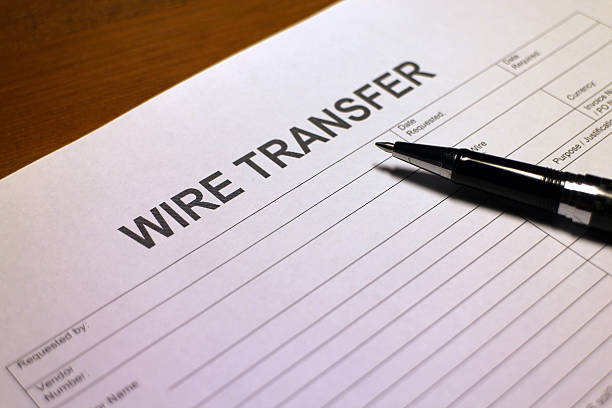1.1 What is a SEPA Transfer?
SEPA, the Single Euro Payments Area, is an initiative by the European Union (EU) to create a unified payments market for Euro (EUR) transactions. SEPA transfers are a means of moving funds between bank accounts within the SEPA area, which comprises 36 European countries, including all EU member states, as well as several non-EU countries like Norway, Switzerland, and Iceland.
SEPA transfers are designed to make Euro transactions as easy and efficient as domestic payments. They come in two main forms:
a) SEPA Credit Transfer (SCT): SCT is used for sending Euro-denominated payments from one bank account to another within the SEPA area. It ensures that funds are credited to the recipient's account quickly and with minimal fees.
b) SEPA Direct Debit (SDD): SDD enables recurring Euro-denominated payments, such as utility bills or subscriptions, to be automatically debited from a payer's account.
1.2 Why are SEPA Transfers Important?
SEPA transfers offer numerous advantages for individuals and businesses operating in the Eurozone:
Cost-Effective: SEPA transfers often come with lower transaction fees compared to traditional international wire transfers.
Speed: They are processed quickly, typically taking one business day for credit transfers within the SEPA area.
Standardization: SEPA's standardized format simplifies cross-border transactions, reducing errors and improving efficiency.
Increased Accessibility: These transfers are available to both individuals and businesses, fostering greater financial integration in Europe.
Part 2: The Role of IBANs in SEPA Transfers
2.1 What is an IBAN?
An International Bank Account Number (IBAN) is a standardized, internationally recognized format for identifying bank accounts. It was introduced to facilitate accurate routing of international payments, reduce errors, and streamline cross-border transactions. IBANs are comprised of alphanumeric characters and vary in length from country to country.
2.2 How Does IBAN Relate to SEPA Transfers?
IBANs are crucial in SEPA transfers as they serve as a key element in identifying both the sender's and recipient's bank accounts. When initiating a SEPA transfer, the sender must provide the IBAN of the recipient's bank account. Here's how IBANs relate to SEPA transfers:
Precision: IBANs ensure that funds are sent to the correct recipient by providing a unique identifier for each bank account.
SEPA Compliance: The use of IBANs is mandatory for SEPA transactions, ensuring that payments conform to SEPA standards.
Faster Processing: By including the IBAN, SEPA transfers can be processed swiftly, reducing delays and errors in cross-border payments.
Conclusion
In the realm of European banking and cross-border transactions, understanding SEPA transfers and IBANs is essential. SEPA transfers, as part of the Single Euro Payments Area initiative, offer efficient and cost-effective solutions for Euro-denominated transactions within the SEPA region. The use of IBANs plays a pivotal role in ensuring the accuracy and efficiency of these transfers, making them a fundamental element of modern banking in Europe.
By embracing SEPA transfers and adhering to the use of IBANs, individuals and businesses can seamlessly navigate the complexities of cross-border payments, fostering greater financial integration and economic cooperation within the Eurozone.
Frequently asked questions (FAQs) about international bank routing codes




